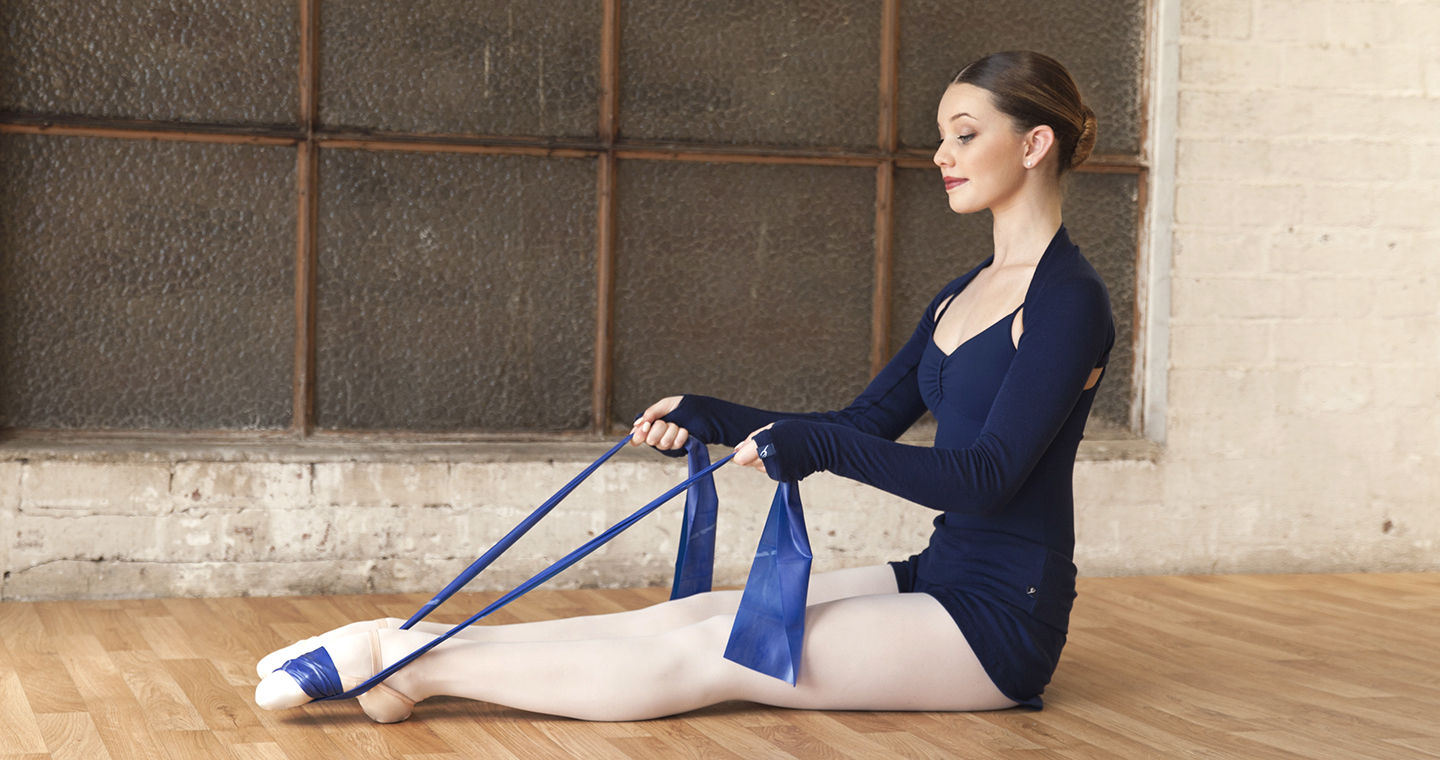Peroneal tendonitis is an often misdiagnosed muscle and tendon problem in the shin. If you’re experiencing a burning or tingling sensation deep inside your calf, the chances are that you may have peroneal tendonitis. Luckily, some simple stretches can help get rid of this annoying pain. The most effective method is using ice and heat. The aim here is to decrease swelling and inflammation and ease the pain.
Peroneal tendonitis is an often misdiagnosed muscle and tendon problem in the shin. The aim is to decrease swelling and inflammation and ease the pain. The most effective method is using ice and heat. The best way to get rid of the pain is to stretch your calf.

Peroneal Tendonitis Exercises
Peroneal tendonitis is a painful condition affecting the peroneal tendons on the outside of the lower leg. It can be caused by repetitive use of the muscles in this area or from an injury such as falling on the outside of the foot. The primary treatment for peroneal tendonitis is rest. If not treated early, the pain will intensify and may even cause a limp, leading to long-term problems.
The Best Peroneal Tendonitis Exercises
Peroneal tendonitis is a common injury caused by overuse or excessive bending of the foot. Peroneal tendonitis exercises such as wall squats and calf raises can help alleviate pain and swelling. There are many causes of heel pain, one being peroneal tendonitis. The peroneus longus and brevis are the muscles that move your foot to the outside and assist with walking. The peroneal tendons attach to these muscles and run down the side of the leg to the outside of the ankle. While this condition can be treated without surgery, it can also lead to chronic pain.
Peroneal Tendonitis Exercises from YouTube
The following is a tutorial on how to do peroneal tendonitis exercises directed to help alleviate pain outside the shin. The following is a tutorial on how to do peroneal tendonitis exercises that are produced to help relieve pain in the outside of the shin. These exercises should be done in conjunction with other activities such as stretching, icing, taping, and anti-inflammatory medication.
Safe Peroneal Tendonitis Exercises from the NHS
Peroneal tendonitis is an inflammation of the peroneal tendons and typically occurs in runners who overuse their feet and toes. It is essential to avoid walking barefoot and wear shoes with heels and soles that provide good shock absorption. According to the NHS, treatment for peroneal tendonitis includes resting and easing back into running gradually.
Safe Peroneal Tendonitis Exercises
Safe peroneal tendonitis exercises are recommended to be done daily. The training is done by standing on the injured leg and bending the knee so the toes of the wounded foot touch the ground. The exercise is completed by taking a few slow, deep breaths and pulling up on the toes of the injured foot. Activities that involve using the peroneal tendon should be done daily to maintain good health and reduce.
The thing you should keep on your Mind
- What is peroneal tendonitis?
- What are the symptoms of peroneal tendonitis?
- How is peroneal tendonitis diagnosed?
- What are the treatment options for peroneal tendonitis?
- How long does it take to recover from peroneal tendonitis?
- How can I prevent peroneal tendonitis?
- Is there a way to speed up the recovery process for peroneal tendonitis?
What are the best peroneal tendonitis exercises?
The best exercises for peroneal tendonitis are deep squats, calf raises, and heel raises. The deep squat is the best exercise for peroneal tendonitis because it stretches the posterior thigh and alleviates tension on the leg muscles. Calf raises are also an excellent exercise to strengthen the calf muscle. The ankle plantar flexors are also supported by this exercise. This exercise stretches the gastrocnemius muscle.
What are some excellent peroneal tendonitis exercises?
Peroneal tendonitis exercises are activities that strengthen the knee. These exercises strengthen the muscles that support and protect the knee. The quadriceps muscle is one of the most critical muscles in the leg.
A prevalent exercise for peroneal tendonitis is called the squat. Squats strengthen your quadriceps and gluteus muscles, which support your knee. To perform a squat, follow these steps:
Stand up straight with your legs shoulder-width apart.
Conclusion
The Achilles Tendon is a strong, fibrous band that runs from the back of the heel to the calf. The tendon connects the Achilles and the calf muscles and allows for the extension of the foot. If you have peroneal tendonitis, then you might be experiencing sharp pain along the top of your foot. Some treatments may help ease your pain and return your range of motion. For instance, stretching your calf and ankle muscles may help reduce the tightness.









